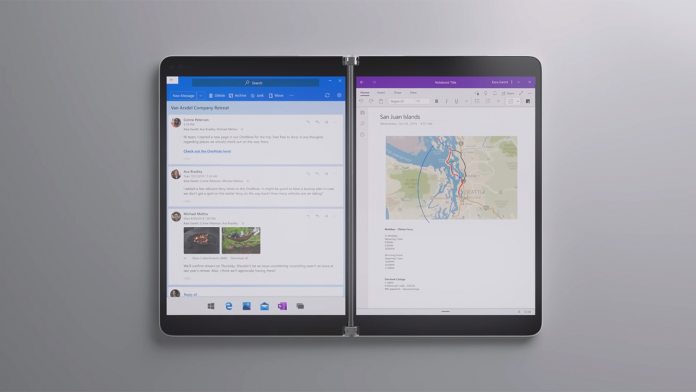The OS its referencing is Microsoft’s Windows 10X. Though the company has been working on it for a while, it won’t be launching its first device with it (Surface Neo) until late next year. Further, its own device is a dual-screen display, rather than a flexible one. Thanks to the delay, it’s unlikely Intel will show off the 17-inch device until at least mid-2020. Intel wanted the device partly to show to OEMs and get the foldable ball rolling. It’s likely OEMs like Lenovo, Dell, HP and Asus, who have expressed interest in Windows 10X and foldables, will also struggle. There have been reports that Microsoft is abandoning some of its shells, such as the Surface Hub 2X‘s Aruba, while it focuses on Windows 10X. The bottom line is that there have been reports of several shakeups in OS development in recent times, and that’s without even mentioning app support. Windows 10X is a new OS with a new form factor, which means it’ll need developer support to function fully. The reason Microsoft announced its Surface Neo this year, rather than next, is that it wants developers to build apps that take advantage of the shifting form factor. If developers don’t get on board, the OS could be dead in the water. Unfortunately, Digitimes did not have the details of exactly what Intel’s issue is with Windows 10X. It all looked very slick in Microsoft’s Surface event presentation, but a carefully constructed demo is very different to real-world usage. Either way, I’m excited to see what OEMs do with the OS when it’s finally ready.




